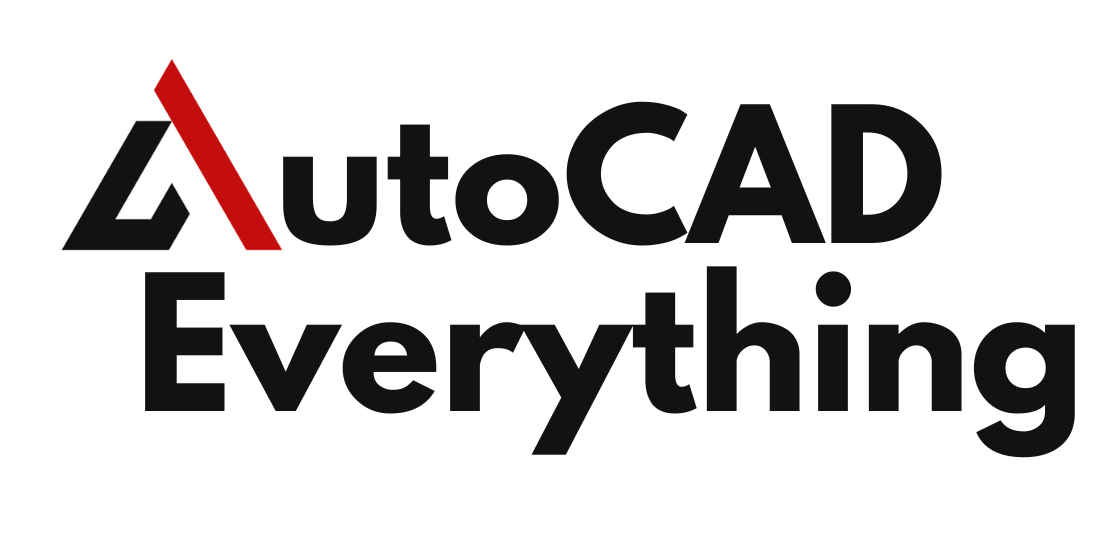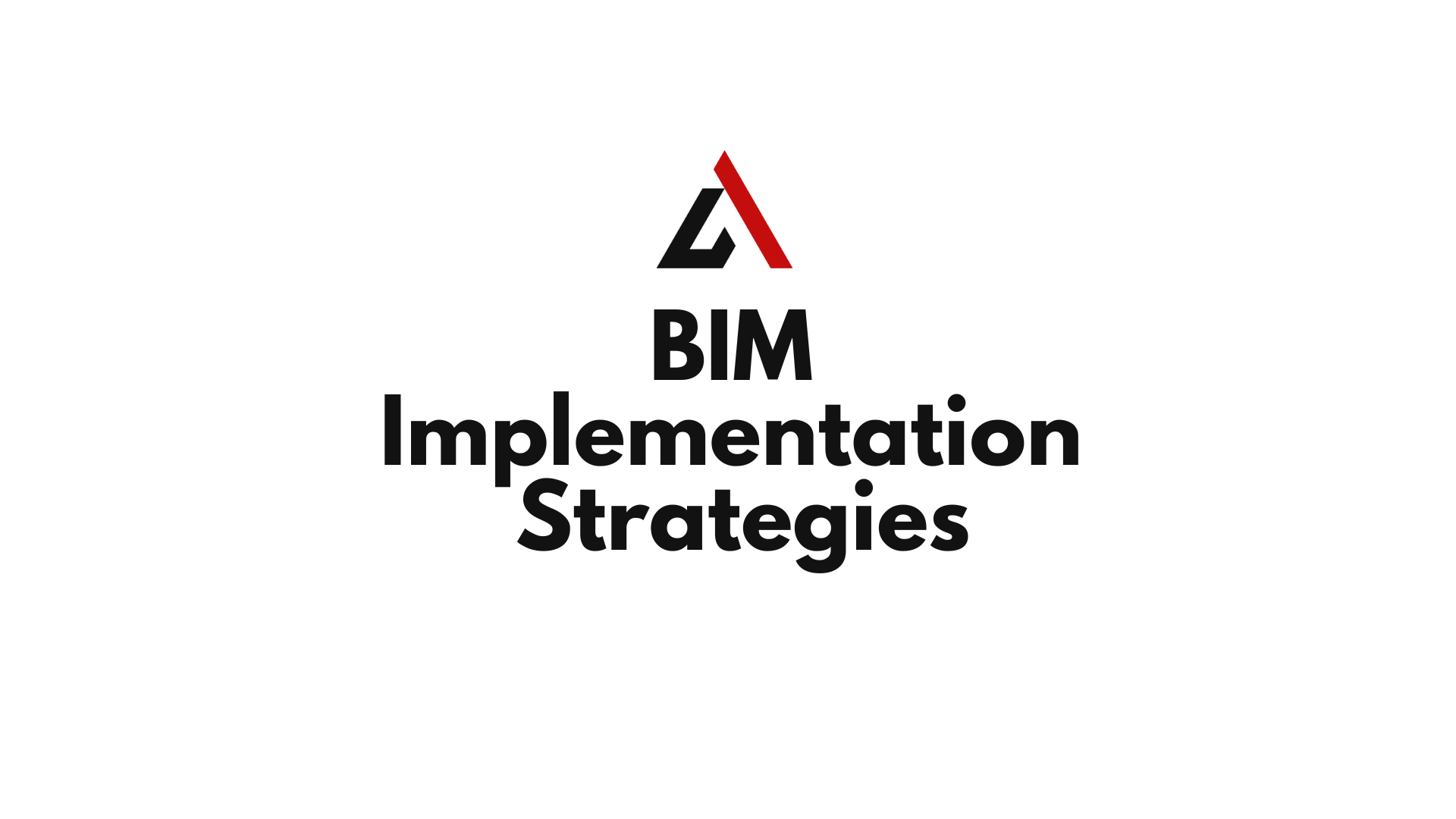Introduction
Building Information Modeling (BIM) is no longer optional—it’s a necessity for modern construction projects. However, many organizations struggle with BIM adoption, often due to lack of expertise, resistance to change, or ineffective implementation plans.
Successful BIM implementation requires strategic planning, training, and workflow optimization to maximize its benefits, including:
✅ Enhanced collaboration between architects, engineers, and contractors.
✅ Better project efficiency and cost control.
✅ Reduced errors and rework through clash detection and coordination.
✅ Improved sustainability and lifecycle management.
This article outlines best practices for implementing BIM, from developing a BIM execution plan (BEP) to integrating software and training teams.
Table of Contents
Why Implement BIM?
Key Benefits of BIM Implementation
✔ Improved Coordination & Communication – A centralized digital model enhances collaboration across disciplines.
✔ Increased Efficiency & Cost Savings – Reduces errors, material waste, and rework.
✔ Enhanced Project Visualization – 3D modeling allows better design understanding and client presentations.
✔ Streamlined Construction Workflows – 4D and 5D BIM enable better scheduling and cost tracking.
✔ Supports Facility Management – 6D BIM allows for efficient building maintenance and asset management.
👉 Example: A contractor using BIM 360 and Navisworks for clash detection prevents costly on-site modifications.
Best Practices for BIM Implementation
1. Develop a BIM Execution Plan (BEP)
A BIM Execution Plan (BEP) is a roadmap for BIM adoption, outlining:
✔ Project goals and BIM use cases (e.g., clash detection, 4D scheduling, cost estimation).
✔ Roles and responsibilities of project stakeholders.
✔ Software and file formats for collaboration (e.g., Revit, Navisworks, IFC).
✔ Common Data Environment (CDE) for model storage and sharing.
✔ Modeling standards (LOD, naming conventions, file organization).

Steps to Create a BEP:
- Define BIM objectives – What problems will BIM solve in your project?
- Identify key stakeholders – Assign BIM roles (e.g., BIM Manager, BIM Coordinator).
- Select software and data exchange standards – Ensure compatibility and interoperability.
- Establish workflows and collaboration protocols – Define model-sharing rules.
- Set performance metrics – Track progress and measure ROI.
👉 Example: A firm using ISO 19650 standards in its BEP ensures consistency across multiple projects.
2. Train Teams & Build BIM Expertise
A successful BIM implementation depends on well-trained teams. Organizations should invest in:
✔ BIM software training (Revit, Archicad, Navisworks, Tekla).
✔ BIM management certification for project leaders.
✔ On-the-job training with real-world BIM workflows.
✔ Workshops and knowledge-sharing sessions to improve skills.
Recommended BIM Training Programs
- Autodesk Certified Professional (ACP) – Revit for BIM
- Graphisoft Learn – Archicad BIM Workflow Training
- BuildingSMART BIM Certification
👉 Example: A construction firm mandates BIM training for all project managers to improve adoption.
3. Choose the Right BIM Software & Tools
Different BIM software solutions cater to specific needs. Organizations should select software that:
✔ Supports multi-discipline collaboration.
✔ Ensures interoperability (IFC, DWG, COBie formats).
✔ Meets project-specific requirements (e.g., infrastructure, MEP, facility management).
Comparison of BIM Software
| Software | Best For | Key Features | User Base |
|---|---|---|---|
| Revit | Multi-discipline BIM modeling | Parametric design, 3D coordination | Architects, Engineers, Contractors |
| Archicad | Architectural BIM workflows | OpenBIM support, visualization tools | Architects, Designers |
| Navisworks Manage | Clash detection & 4D scheduling | Model aggregation, issue tracking | BIM Managers, Contractors |
| Tekla Structures | Structural detailing & fabrication | Steel & concrete reinforcement modeling | Structural Engineers, Fabricators |
| BIM 360 | Cloud-based BIM collaboration | Issue tracking, document management | Construction Managers, BIM Coordinators |
👉 Example: A structural firm using Tekla Structures ensures seamless steel detailing and fabrication-ready models.
4. Establish a Common Data Environment (CDE)
A Common Data Environment (CDE) is a cloud-based system for managing BIM data in real-time. It:
✔ Centralizes project files, reducing data silos.
✔ Ensures version control, preventing outdated models.
✔ Facilitates collaboration across teams and locations.
Top CDE Solutions
- Autodesk BIM 360
- Trimble Connect
- ProjectWise by Bentley
👉 Example: A contractor using BIM 360 Docs ensures that all teams work with the latest model version.
5. Implement BIM Standards & Guidelines
Following industry standards ensures consistency and compliance. Key BIM standards include:
✔ ISO 19650 – International BIM framework for project collaboration.
✔ LOD (Level of Development) – Defines BIM model accuracy at each phase.
✔ COBie (Construction-Operations Building Information Exchange) – Standard for asset data management.
✔ IFC (Industry Foundation Classes) – OpenBIM format for interoperability.
👉 Example: A government infrastructure project mandates ISO 19650 compliance for all BIM deliverables.
6. Monitor Progress & Measure BIM ROI
BIM implementation success should be measured using key performance indicators (KPIs), such as:
✔ Reduction in RFIs (Requests for Information) due to improved coordination.
✔ Decrease in rework and change orders.
✔ Improved construction scheduling and project completion times.
✔ Cost savings from optimized material usage.
👉 Example: A BIM team using Power BI dashboards tracks model efficiency, clash resolution rates, and cost savings.
Challenges in BIM Implementation & How to Overcome Them
| Challenge | Solution |
|---|---|
| Resistance to Change | Provide training, show BIM benefits, involve teams early. |
| High Initial Investment | Start with pilot projects, scale BIM gradually. |
| Software Interoperability Issues | Use OpenBIM formats (IFC, COBie) for seamless integration. |
| Lack of BIM Expertise | Invest in BIM training and certification programs. |
| Poor Collaboration | Use cloud-based BIM platforms for real-time coordination. |
Future of BIM Implementation
1. AI & Automation in BIM Workflows
- AI-driven clash detection and automatic issue resolution.
2. Digital Twins for Real-Time Building Management
- IoT-connected BIM models for live monitoring and predictive maintenance.
3. BIM & Augmented Reality (AR) for On-Site Execution
- AR tools will allow contractors to visualize BIM models directly on-site.
4. Blockchain in BIM for Data Security
- Blockchain will enhance BIM data integrity, preventing file manipulation.
FAQs About BIM Implementation
1. How long does BIM implementation take?
It depends on project complexity. A small project may take 6 months, while enterprise-wide adoption could take 1-3 years.
2. Is BIM expensive to implement?
While initial costs are high, BIM leads to long-term cost savings through efficiency gains and reduced rework.
3. Do all projects need a BIM Execution Plan (BEP)?
Yes, a BEP ensures that BIM processes, roles, and workflows are clearly defined.
Conclusion
Implementing BIM successfully requires strategic planning, skilled teams, and the right technology. By developing a BIM Execution Plan, investing in training, and adopting industry standards, organizations can enhance project efficiency, reduce costs, and improve collaboration.
For construction firms, adopting BIM platforms like Revit, Navisworks, and BIM 360 will ensure a smooth transition into digital construction workflows. 🚀

